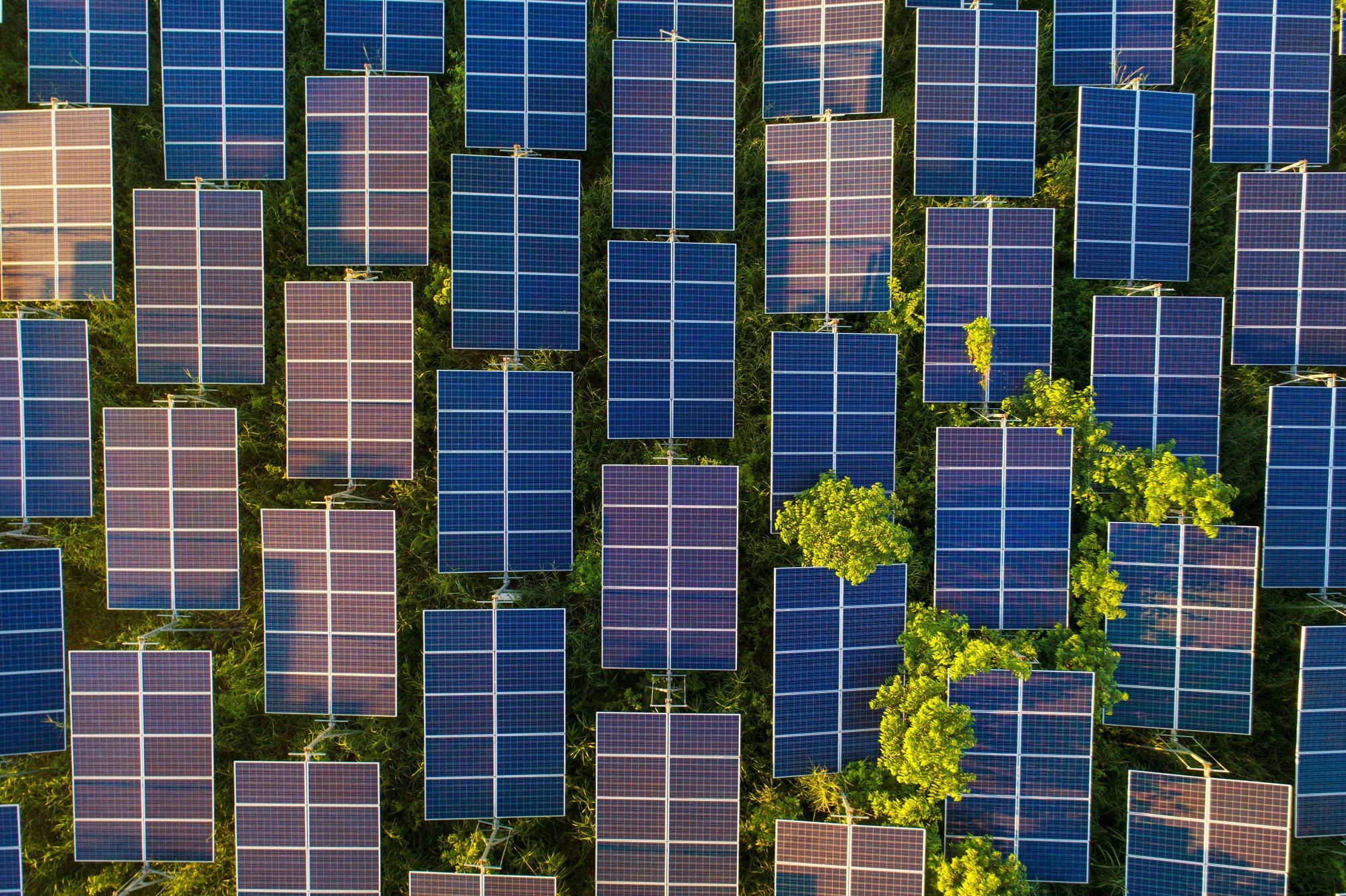
The most significant achievement of 2023 was undoubtedly at COP28, where renewables were prioritised on the UNFCCC agenda, resulting in a commitment to triple global renewable energy capacity.
This commitment was reinforced by a remarkable milestone in 2023: renewable energy accounted for 30% of global electricity generation. This was primarily driven by the continuous growth of wind and solar power, which together set a new record by contributing 13.4% to the global electricity mix. This marks an increase of 1.5 percentage points from the 11.9% recorded in 2022. Wind and solar generation have been on this upward trend for approximately a decade.
Meanwhile, growth in nuclear and hydro has nearly stagnated, highlighting the role of wind and solar in reducing power sector emissions. In 2023, electricity demand grew by 2.2%, slightly below the 2.5% average for the past decade. More than half of the demand increase was driven by five technologies: EVs, heat pumps, electrolysers, data centres and air conditioners. Ensuring these technologies have strong efficiency standards is crucial to prevent excessive demand growth, which could jeopardise the decarbonisation of the power sector.
Wind and solar energy are now cheaper than fossil fuels in nearly every part of the world. Over the past decade, wind energy costs dropped by over 50%, while the costs for solar energy and batteries have decreased by an impressive 85%. These reduced costs eliminate the need to choose between expanding energy access and addressing climate change in a fair and economical way.
There is a significant gap between our current trajectory, and what is required to meet future goals. While we are making progress toward increasing wind and solar capacity by 2030, it falls short of the necessary x5 increase. Additionally, this progress is uneven across different regions. This is where ReNew2030 steps in, aiming to bridge these gaps, remove barriers, and accelerate the global scaling of wind and solar by 2030.
To triple renewables by 2030, solar PV capacity additions need to increase to 820 GW in 2030 from 220 GW in 2022, while wind capacity needs to increase to 320 GW in the same year from 75GW in 2022.
In 2023, solar capacity additions hit record levels, an unprecedented and unexpected achievement that suggests net zero emissions are within reach.
Half of new solar capacity in 2023 was distributed PV, with the other half being utility-scale. In wind energy, onshore installations dominate, but offshore capacity is rapidly scaling up, signalling a significant expansion potential in this area.
In terms of power generation, solar accounted for 5.5% of global power generation in 2023, up from 4.6% in 2022 and wind for 7.8% in 2023 up from 7.3% in 2022.
Achieving the goal of tripling renewables to reach 1.5C temperature limit requires a significant boost in investments. The power sector needs an overall investment of $12 trillion – approximately $2 trillion annually up to 2030. Currently, there is a substantial shortfall. In 2023, investments in renewables reached only $1 trillion, which is just half of the required amount. To support the necessary renewables capacity for 1.5C goal, investment levels across various regions need to significantly increase from 2024 to 2030.